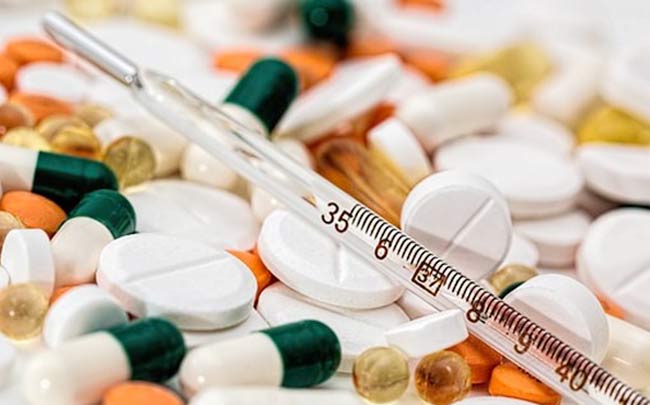Drug tests can be done at home within 3 minutes by inserting a device into the mouth. Saliva determines the type of drug consumed (6 drug categories can be identified: cocaine, amphetamines, methamphetamines, opiates, penicillins, marijuana). The information package that helps interpret the result.
In addition to information campaigns, school education, treatment of addiction, harsh punishment for traffickers, strict customs controls, a real help in combating these vices is the screening test from http://testclear2019.com/.
Save a Life with Test Clear

Marijuana
Marijuana is a green, brown or gray mixture of hemp leaves, stems, seeds, and dried flowers (Cannabis Sativa), and looks like a finely cut greenish tobacco4. The main psychoactive component in this plant is tetra-hydro-cannabinol (THC), although other cannabinoid substances can contribute to the effects of marijuana1. The higher the THC concentration, the higher the effects of the drug.
The most common way to consume marijuana is smoking in pure form or mixed with tobacco. Sometimes it is smoked in a particular pipe, but often in a twisted cigarette called “joint”. It is also possible to ingest the drug, either by incorporation in food or the form of a liquid extract (tea).
Marijuana is rapidly absorbed from the lungs into the circulation, with the immediate implantation of effects; in case of ingestion the results appear slower, but they are longer.
Natural cannabinoids and their metabolic products are liposoluble, being stored in the body’s fatty tissues, including at the cerebral level, for a long time since consumption.
Recommended For You:
- How Technology Helps People to Achieve Their Weight Loss Fitness
- Medical Instruments for Starting Your Own Clinic
- Invisible Aligner for Your Perfect Teeth and Smile
Cannabis
Cannabis metabolites are present in blood, bile, feces, and urine; in urine can be detected within a few hours of exposure. Due to liposolubility, they persist for a long time in fatty tissues, from where they are slowly released and excreted in the urine within a few days, weeks or even months after the last exposure, depending on the intensity and frequency of use. The 11-nor-Δ9 THC-9-carboxylic acid metabolite is the primary urinary marker of marijuana consumption.

Acute effects of consumption include memory impairment, temporary confusion, impaired motor performance, and depersonalization.
The effects of active substances in cannabis depend decisively on the personality and social environment of the consumer. Some people do not feel anything if they smoke marijuana, and others can relax and have an uplifting feeling.
Describe different phases of the typical euphoric state (“cannabis high,” “social high”). The initial effects often include a state of agitation, occasionally accompanied by a state of tension and anxiety, conditions that will soon be followed by a pleasant feeling of safety and protection. There are introspective and balanced states of unusual calm. At times, oscillations of the state of mind may occur, with the unmotivated laughter alternating with contemplative silence. Enhanced perception of the external and internal environment is characteristic. In the case of group consumption, these changes can lead to a more intense group relationship. Click this.
Dizziness after cannabis does not have the same evolution in all cases; there are atypical euphoric states. Sometimes cannabis use can simulate, aggravate or trigger schizophreniform psychosis. Chronic consumption can also induce cardiovascular and pulmonary effects.
The physical dependence of active substances in cannabis can occur as a result of long-term consumption and depends on the dose used, the regularity of expenditure, the body of the consumer, etc. There are no physical withdrawal symptoms after stopping consumption. There is a risk of gaining mental dependence over time and through regular consumption.
Morphine, a natural product made from white poppy, is a narcotic analgesic used to relieve severe pain. Extracting from the opium resulting from drying the poppy milk, morphine can be chemically refined later in heroin, a diacetylated derivative of higher potency.
These opiates with similar chemical structures reduce sensitivity to physical and psychological stimuli, minimize pain, fear, and anxiety.
Opioids are usually given intravenously or subcutaneously, but can also be smoked or taken. After entering the circulation, they tend to concentrate in the lungs, spleen, kidneys, and liver; lower concentrations are found in the musculature and the central nervous system. There are several ways to detoxify the opiate organism, including dealkylation, the addition of hydroxyl groups, hydrolytic degassing, and conjugation with glucuronic acid. Morphine is excreted in the urine as glucuronidated, unchanged free and other minor metabolites. Although some opioid metabolites appear in the bile and feces, urinary excretion is the primary route of elimination.